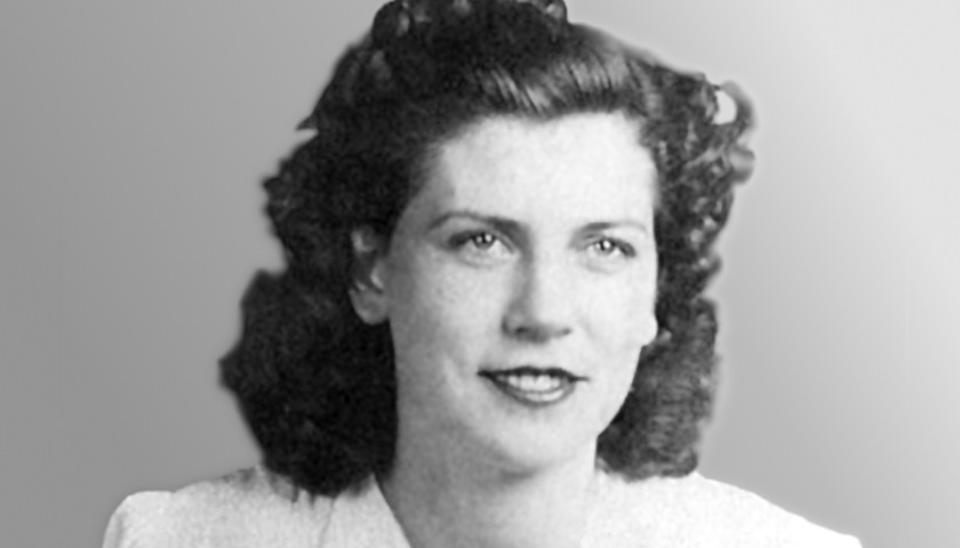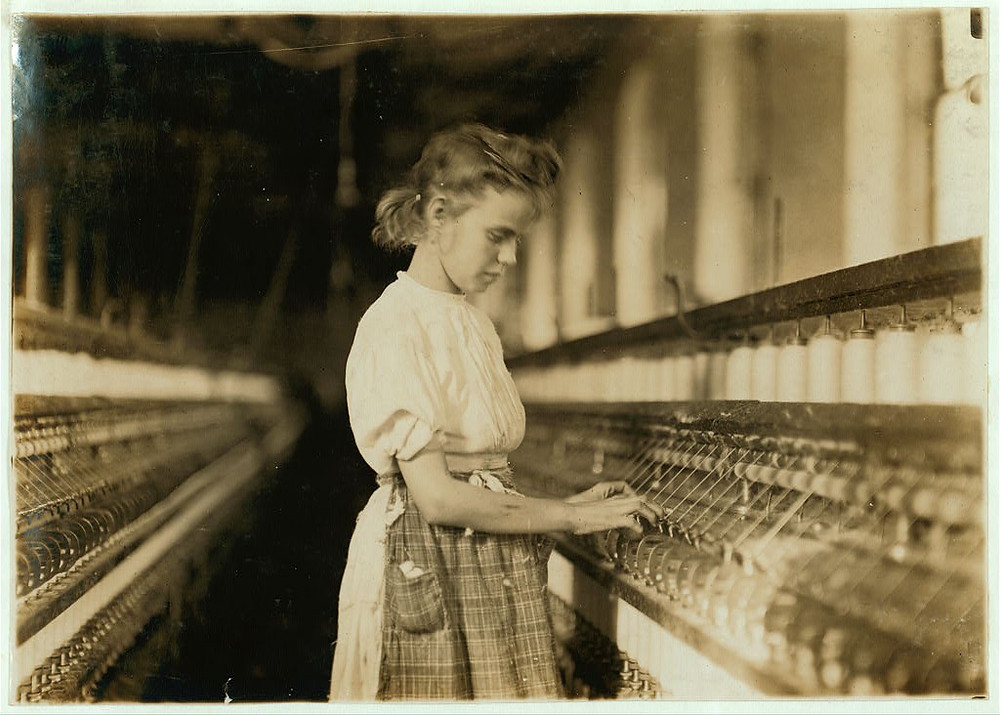Edison's female version: Margaret Knight
There are many inventions that make our life easier, such as electricity, cars, mobile phones. But what would we do without the inventions that we use in our daily lives and which we regard as insignificant? For example, would shopping be easy without paper bags?

Described by journalists as the "female version of Edison", Margaret Knight made many inventions. One of her patents, which she obtained with great struggle, was a paper bag and a paper bag making machine. In 1871, Knight, who invented and patented the machine that could cut, fold and paste the paper bags used in shopping, instead of the slow and manual workers, became the owner of many patents throughout her life.

Margaret Eloise Knight (February 14, 1838 – October 12, 1914) was an American inventor, notably of a machine to produce flat-bottomed paper bags. She has been called "the most famous 19th-century woman inventor". She founded the Eastern Paper Bag Company in 1870, creating paper bags for groceries similar in form to the ones that would be used in later generations. Knight received dozens of patents in different fields, and became a symbol for women's empowerment.
Knight's story began in 1838 when she was born as the fifth child of a poor family. The inventor, who started to live with her family in New Hampshire after the death of her father, was bringing lunch to her brothers working in the cotton mills during this period. It was during one of these visits that an accident occurred that would become the turning point of her life. She witnessed a steel-tipped weaving shuttle fall, injuring a worker. This unpleasant situation prompted Margaret Knight's wits to equip the shuttles with a cover to increase the safety of the factory and workers. Although this invention of Knight was applied in many factories, the inventor did not receive a patent for this first invention.
Margaret Knight, who started working at Columbia Paper Bag Company in Massachusetts after working in many different jobs for many years, was producing flat-based paper bag by hand. She was earning $1.5-3.5 for ten hours of work for a week. She decided to develop a machine that would do the work of the workers with a third of what a male worker earns.
After hard work, she finally made the prototype of the flat-bottomed paper bag making machine. She found a solution to this heavy and costly job with a machine that could do the work of thirty people. Determined to patent her invention this time, Knight took the machine to a machine shop and had a hard metal copy made to have an iron model of her machine prepared. Everything would have gone well, but if a copyist named Charles Annan hadn't stopped by the workshop. Annan took one look at the machine and applied for a patent under his own name. Margaret Knight, however, was determined to get her due and sued her impersonator. Annan's defense was that women could not invent anything, and therefore this invention could not belong to Margaret Knight. This argument was hardly surprising, given that in the 1800s, women worked for far less than men and were treated as second-class. However, Knight did not give up and gathered witnesses to confirm that she had invented the machine. Many people, from our inventor's boss at the factory to the technician, gave statements to prove that Margaret Knight was the inventor of the machine. All of this finally worked, Knight won the case and was able to patent her invention in 1871.
